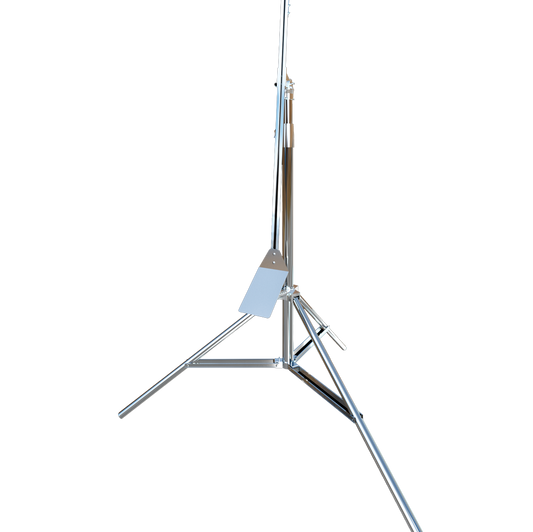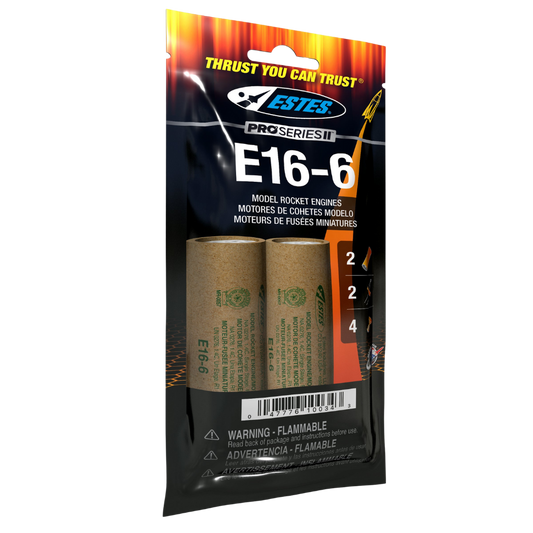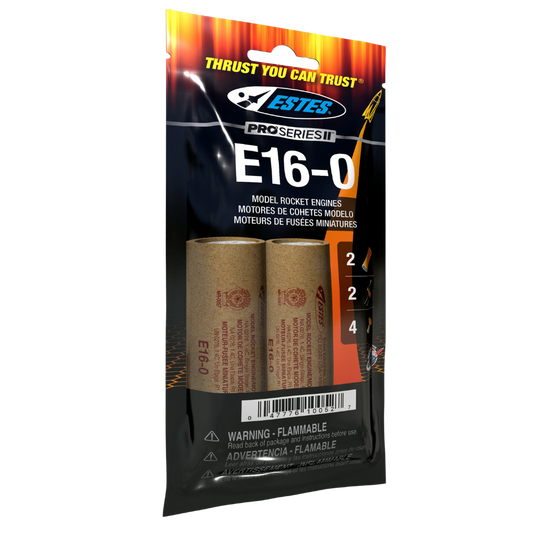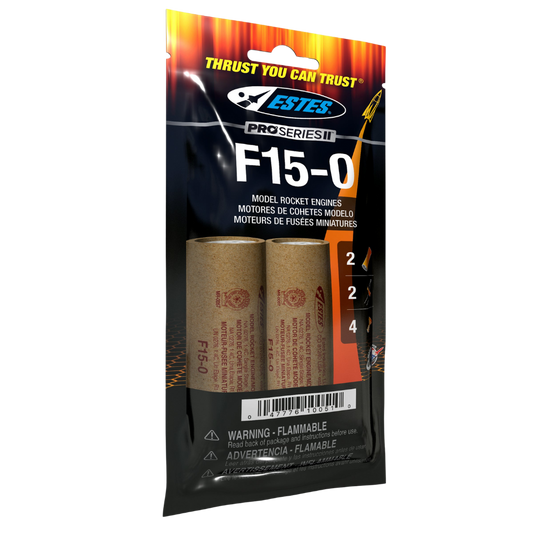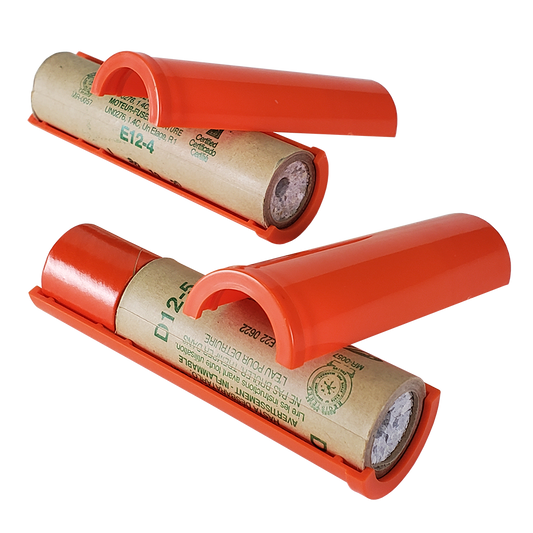Challenging, Engaging, and Built for Serious Skill-Building
The Vogel is a towering 64.5-inch two-stage model rocket designed for advanced student rocketeers and STEM programs focused on upper-level engineering challenges. Named after the German word for “bird,” this rocket delivers both impressive altitude and aerodynamic precision—perfect for learners exploring multi-stage flight, propulsion physics, and recovery systems.
Built for experienced builders, the Vogel features laser-cut fins, precision-molded components, and durable body tubes—ideal for classroom labs, competitive student teams, or extracurricular STEM clubs ready to expand their rocketry expertise. Its sleek design stands out both in build complexity and on the launch pad.
High-Altitude, Two-Stage Flight for Experiential Learning
Capable of soaring to 2,000 feet on recommended engines, the Vogel showcases real-world staging principles through its powerful two-stage design. With mid-flight booster separation and upper-stage ignition, students gain firsthand experience with propulsion sequencing, thrust optimization, and aerodynamic efficiency.
Compatible with D, E, and F-class engines, the Vogel offers a customizable flight profile for classrooms or team competitions exploring engine performance, altitude tracking, and recovery effectiveness.
Advanced Staging for Rocketry Skill Progression
The Vogel’s staging system is perfect for advancing students from single-stage models to complex launch systems. The detachable booster initiates the next stage mid-flight, enabling the upper body to continue climbing to peak altitude. This provides a practical platform for teaching Newton’s laws, flight dynamics, and high-power flight safety protocols in an applied learning environment.
Durable, Reusable, and Engineered for Repeat Use
Outfitted with dual nylon parachutes—an 18-inch chute for the upper stage and a 15-inch chute for the booster—the Vogel is designed for smooth recovery and multiple flight opportunities. Its reinforced body construction and precision-cut parts ensure long-term durability, making it ideal for ongoing use in academic settings or rocketry clubs.
A Capstone Model for STEM Enrichment
The Vogel is more than a high-powered rocket—it’s a hands-on opportunity to engage students in advanced aerospace concepts, engineering design, and real-world rocketry applications. Its bold visual design and impressive flight performance make it a favorite for demonstrations, competitions, and curriculum-based launches.
Whether you're running an upper-level aerospace course or guiding students through a capstone rocketry project, the Vogel delivers challenge, learning, and excitement in one powerful package.
Attention: For rocketeers looking to take their flying to the next level, the Vogel upper stage can achieve level 1 high power certification. With a level 1 high power motor the Vogel can soar to altitudes upwards of 3000 ft. For guidance on how to get your level 1 certification through either the National Association of Rocketry “NAR” or the Tripoli Rocketry Association “TRA” please refer to NAR.org or Tripoli.org.
Consumer Notice: The consumer assumes responsibility for creating a simulation file, utilizing a commercially available rocket simulation program, to verify rocket stability and safety as defined in the Tripoli Unified Safety Code and the NAR High Power Rocket Safety Code when using a high-power rocket motor.

